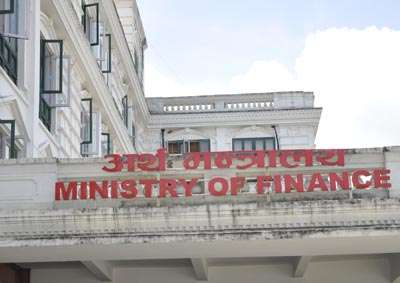Kathmandu: The government has enforced a revised Foreign Aid Mobilization Policy 2025, aiming to improve the effectiveness of foreign aid utilization through public-private partnership (PPP) mechanisms, amid growing concerns over the underperformance of donor-funded projects.
The Ministry of Finance (MoF) announced that the new policy came into effect on Friday. It replaces the previous 2020 policy and introduces reforms aligned with the country’s federal structure and evolving dynamics of foreign aid, including increasing reliance on concessional loans over grants.
In a statement, the ministry acknowledged persistent challenges such as delays in project implementation, weak coordination among agencies, and ineffective monitoring of donor reimbursements. These issues, it said, have significantly contributed to Nepal’s low aid absorption rate—less than 15% of committed grants and loans were utilized in FY 2023/24.
The policy seeks to address these structural inefficiencies, particularly the delayed return on investment from long-gestation development projects and currency risks associated with multilateral loans.
“Although multilateral loans offer lower interest rates and longer maturity periods, they have become costlier due to US dollar exchange rate fluctuations and project delays,” the ministry stated.
Nepal received foreign aid commitments worth Rs 221.99 billion in the first eight months of the current fiscal year—more than double the amount pledged during the same period last year. However, a lack of preparedness before entering into aid agreements and flaws in procurement and contract award processes have continued to hinder effective aid deployment, according to the ministry.
The PPP model, now officially adopted under the new policy, will include viability gap funding (VGF) provisions to attract private sector participation and mitigate the government’s financial risks.
The policy also aims to enhance aid effectiveness at the provincial and local levels, as Nepal prepares to transition to developing nation status by 2026.
Experts say the policy shift will also complement recently introduced legal frameworks on fiscal responsibility and climate change adaptation, while better integrating private sector involvement in national development priorities.
Nepal has received foreign aid in various forms—loans, grants, technical assistance, and humanitarian relief—since the 1950s. However, political instability, bureaucratic delays, and systemic corruption have long hampered its effective use.
The revised policy signals the government’s intent to restructure aid governance as both domestic and international development landscapes evolve.
